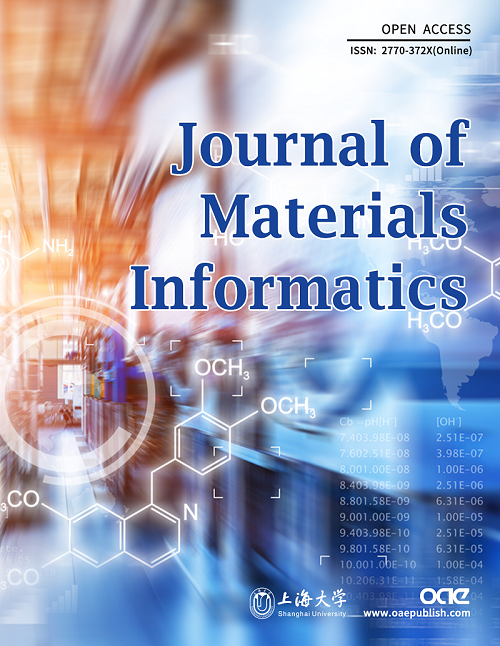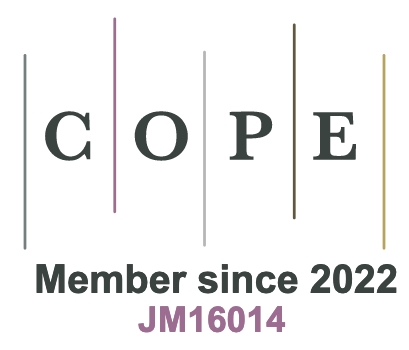fig3

Figure 3. (A) Feature importance of the ionic descriptors based on the sensitivity analysis of the ANN model; (B) ASR values of Sr0.9Cs0.1Co0.9Nb0.1O3 in a symmetrical cell measured for 800 h in air at 550 °C; (C) ML-assisted process for predicting oxygen vacancy concentrations; The ORR activity at 450 °C as a function of the (D) measured and (E) ML-predicted oxygen vacancy concentration. A-site and B-site: In cathode materials, ABO3-type perovskite oxides, such as LaCoO3, LaCrO3, LaNiO3, etc., are commonly studied. For the doping of these oxides, the cell where the La element is located is generally referred to as the A-site, and the cell where Co/Cr/Ni is located is the B-site. ISA: Ionic Lewis acids are usually substances capable of accepting electron pairs. ASR: This refers to the resistance encountered when the current passes through a unit area of electrode material. Tolerance factor (t): A parameter used to measure the relationship between the size of different ionic radii and the stability of the crystal structure in a given crystal structure. Ionic electronegativity: A measure of an atom’s ability to attract electrons when forming an ionic bond. It reflects the combined effect of an atom’s electron affinity and ionization potential in a molecule or crystal. ANN: Artificial neural network; ASR: area-specific resistance; ML: machine learning; ORR: oxygen reduction reaction.








